With the rapid development of the country's economic construction and the substantial improvement of urban infrastructure and people's living standards, the urban gas industry has developed rapidly, and the consumption of urban gas, the population of urban gas users and the penetration rate of gas have all increased greatly. In recent years, a large amount of natural gas has entered the field of urban utilization, which has promoted a historic leap in the development of urban gas. Now more than 600 cities in China have built urban gas facilities, and most urban residents have already used gas. The development of China's gas pipeline has promoted the upgrading of gas pipeline equipment and the development of technology in Chinese enterprises. In recent years, Haili gas pipeline has been exported to countries all over the world. Its quality has been highly recognized by customers.

Basic parameters of polyethylene gas pipe:
1. Underground gas pipes are divided into two grades: PE80 and PE100 according to the grades of raw materials
2. According to the standard size ratio, it is divided into two series, SDR11 and SDR17.6. Among them, the SDR11 series is suitable for the transmission and distribution of various gaseous media such as natural gas, liquefied petroleum gas (gaseous) and artificial gas, and the SDR17.6 series is suitable for Transmission and distribution of natural gas.
3. For the color of the gas pipe, at least 3 yellow stripes should be extruded on the black pipe, and the color stripes should be evenly distributed along the circumferential direction of the pipe.
4. The life expectancy of underground gas pipelines, a typical benchmark for HDPE life expectancy is 50 years; however, according to the Plastic Piping Institute, HDPE pipes used in municipal drinking water systems can have a lifespan in excess of 100 years.
5. Scope, buried polyethylene pipes for gas are suitable for gas transmission pipeline systems with working temperature between -20°C ~ -40°C and long-term maximum working pressure not greater than 0.7M PA.
Do you consider the pressure rating when purchasing gas pipes?
When purchasing gas pipelines, it is necessary to specify the pressure level. This is because the tightness of gas pipelines has particularly strict requirements compared with other pipelines. If there is a gas leak, it may cause fire, explosion, poisoning or other accidents. The higher the pressure in the gas line, the more likely and dangerous it is that the line joints will come loose or the line itself will crack. When the gas pressure in the pipeline is different, the requirements for pipeline material, installation quality, inspection standards and operation management are also different.
The maximum allowable working pressure (Mpa) of polyethylene pipes:
Gas type | Maximum working pressure <Mpa> | ||||
PE80 | PE100B | ||||
SDR11 | SDR17.6 | SDR11 | SDR17.6 | ||
Liquefied petroleum gas | Natural gas | 0.50 | 0.30 | 0.79 | 0.40 |
Mixed air | 0.40 | 0.20 | 0.50 | 0.30 | |
Gaseous | 0.20 | 0.10 | 0.30 | 0.20 | |
Artifical gas | Dry gas | 0.40 | 0.20 | 0.50 | 0.30 |
Other | 0.20 | 0.10 | 0.30 | 0.20 | |
Laying method of underground gas pipe:
The gas pipeline we are talking about is a main way of underground gas transmission and distribution pipelines. In order to operate safely, urban gas pipelines are generally laid underground and overhead laying is not allowed; when the distance between buildings is too small or the underground pipelines and structures are dense , Aerial laying is only allowed when the pipeline is difficult to bury. The gas pipelines in the factory area are often laid overhead to facilitate management and maintenance, and to reduce the hazards of gas leakage.
Safety distance between gas pipeline and municipal pipeline:
An important part of pipeline design is the control of the safe distance from other municipal pipelines. The most common municipal pipelines include water supply, telecommunications, electricity, and rainwater and sewage. The control of the safety distance is to avoid danger with other pipelines when the gas leaks. The water supply is good, but the power and telecommunication pipelines are farther away. In order to avoid the gas encountering electric sparks when leaking, explosions will occur in the trenches of electricity or telecommunication; the rainwater and sewage are the farthest, because if there is leakage in these pipelines The acidic sewage may corrode the steel pipes (plastic pipes are better), and the second is that the rainwater sewage pipes have a lot of closed spaces, and may contain a small amount of methane (so why do children throw firecrackers into the sewage well cover and the cover will be blown away), once Gas leakage into these confined spaces is dangerous. If the safety distance is not satisfied, another plan or protective measures must be taken. So the design is probably avoided in this way. Then I think others have already answered the construction operation management and so on. In principle, it is to ensure that the above-mentioned situation will not occur in case of an accident.

The above are some reference suggestions put forward by Haili Group in terms of pipeline procurement. If you want to know more information about underground gas pipelines, such as prices, wholesale prices, prices of gas pipe-related accessories, etc., our business department will calculate according to the latest exchange rate The latest price, hope to have the opportunity to cooperate.




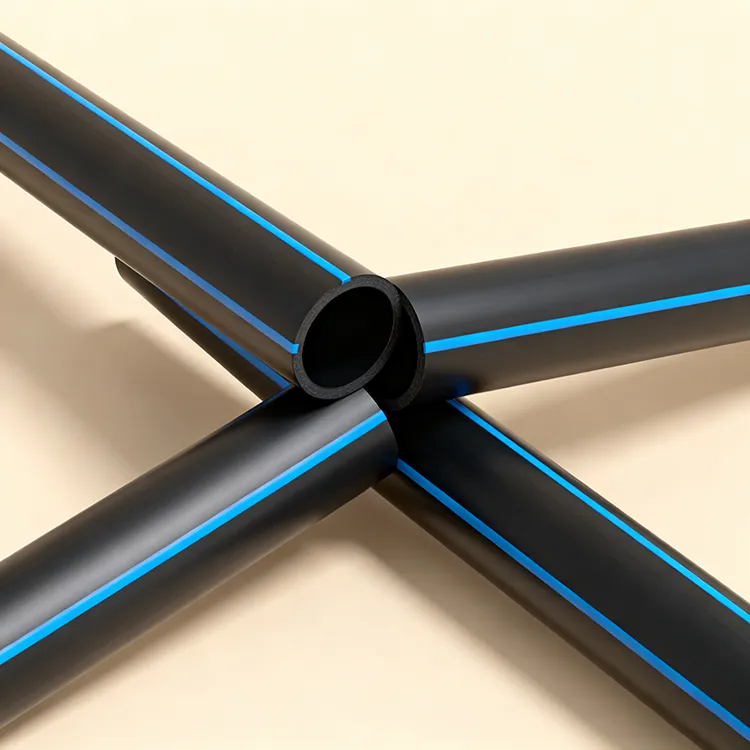
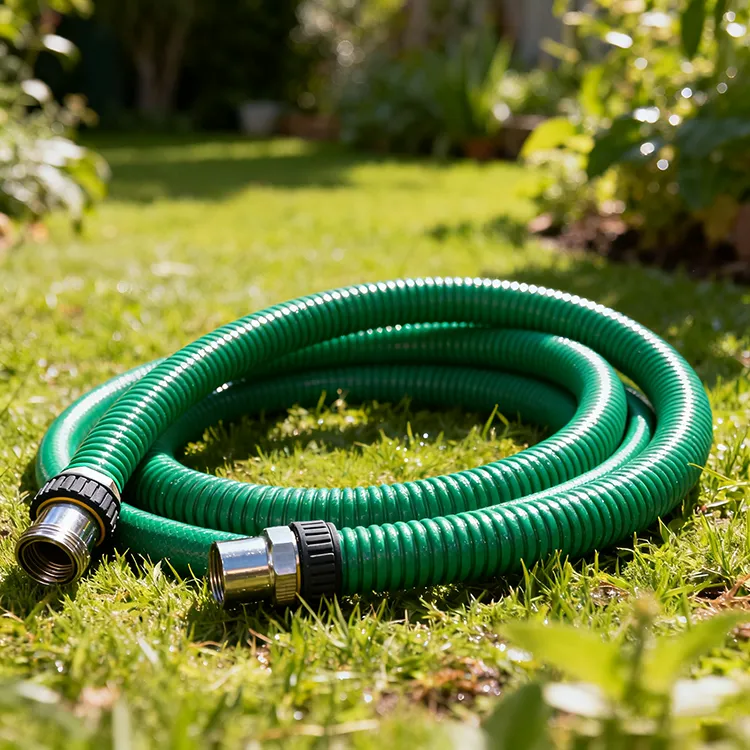

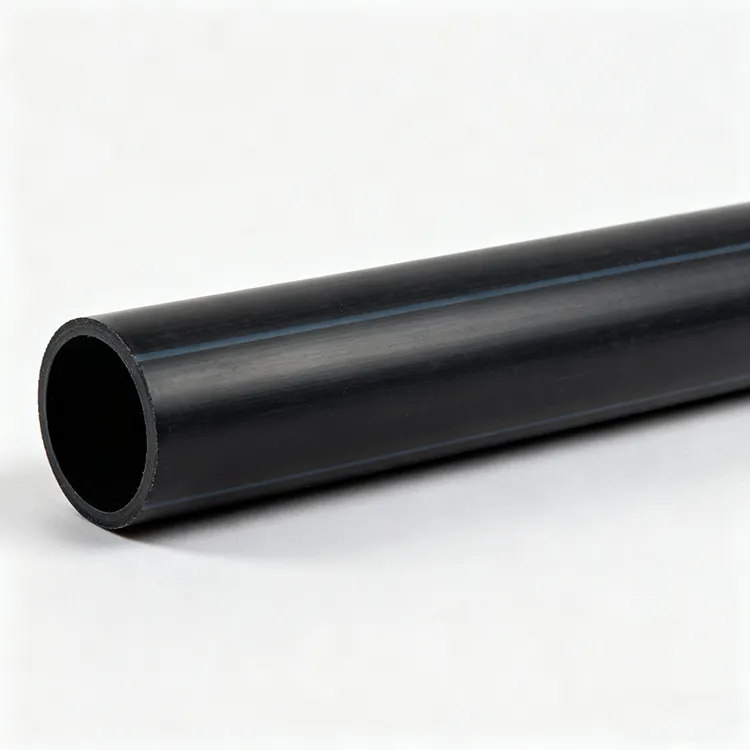
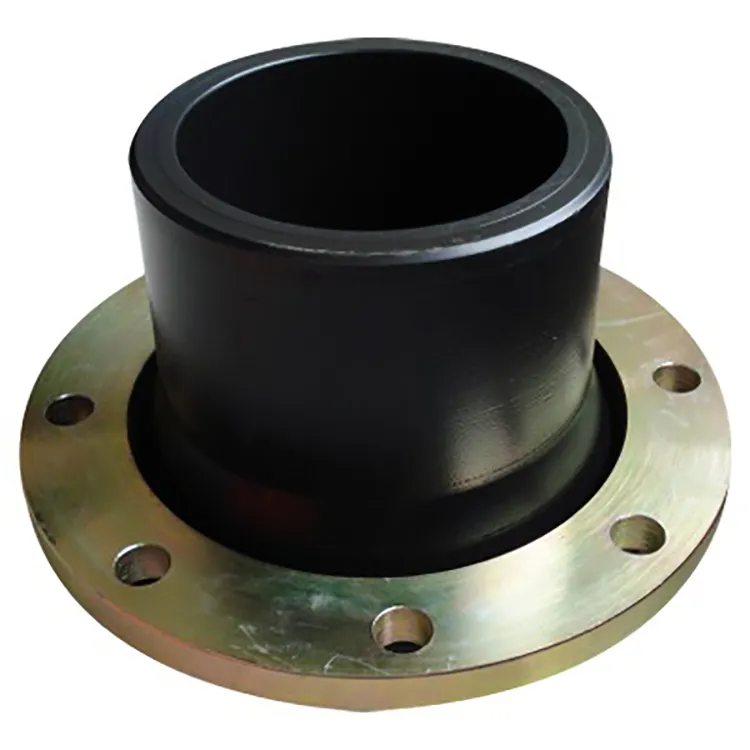


659.webp)
210.webp)
328.webp)
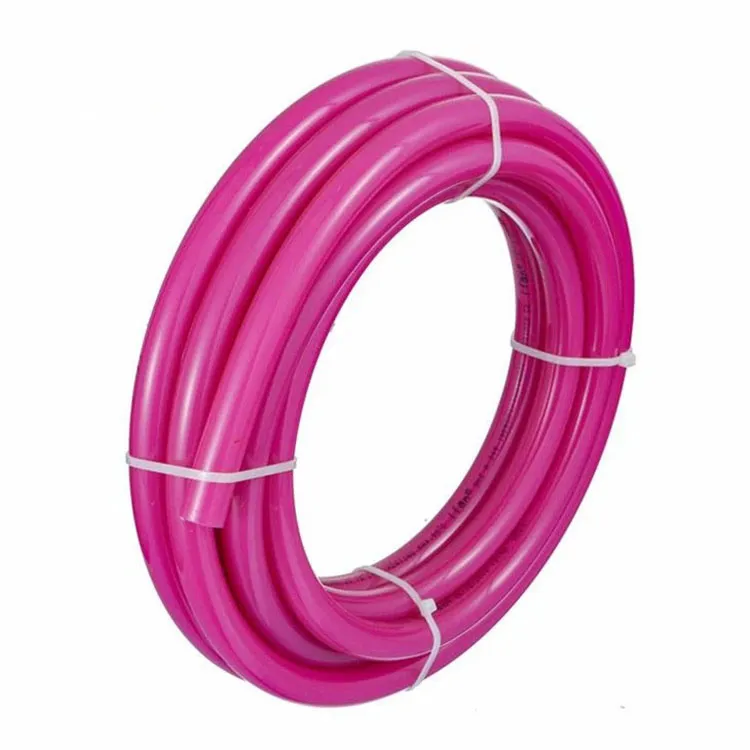
294.webp)
476.webp)


